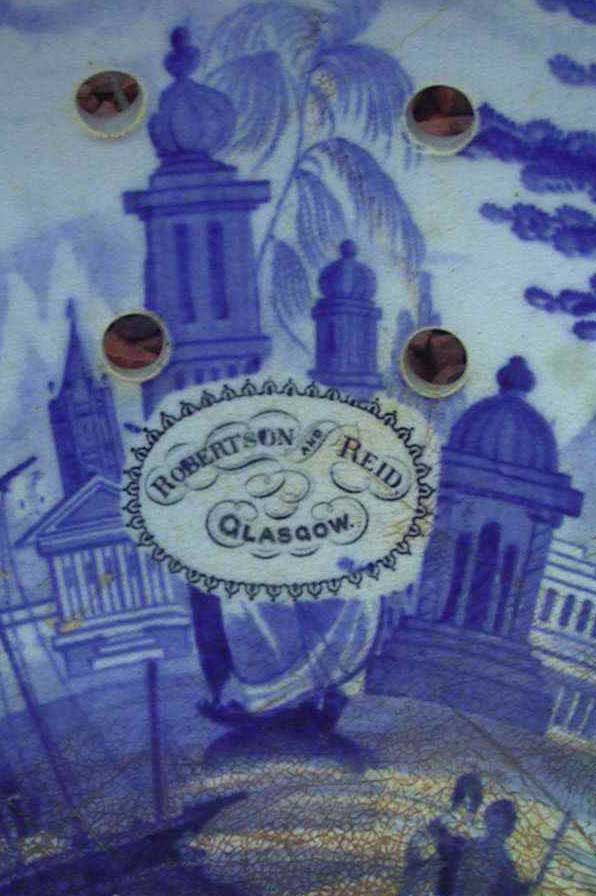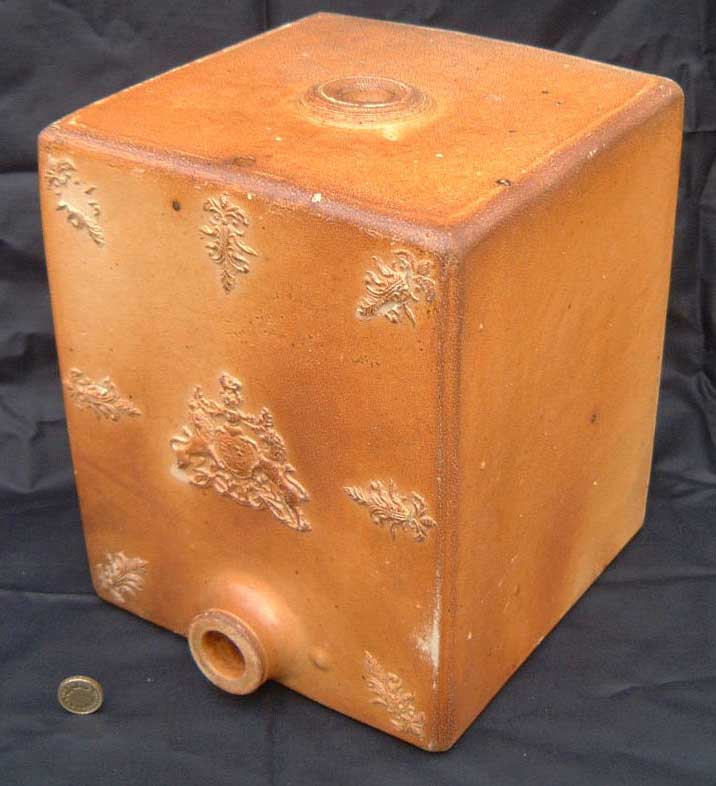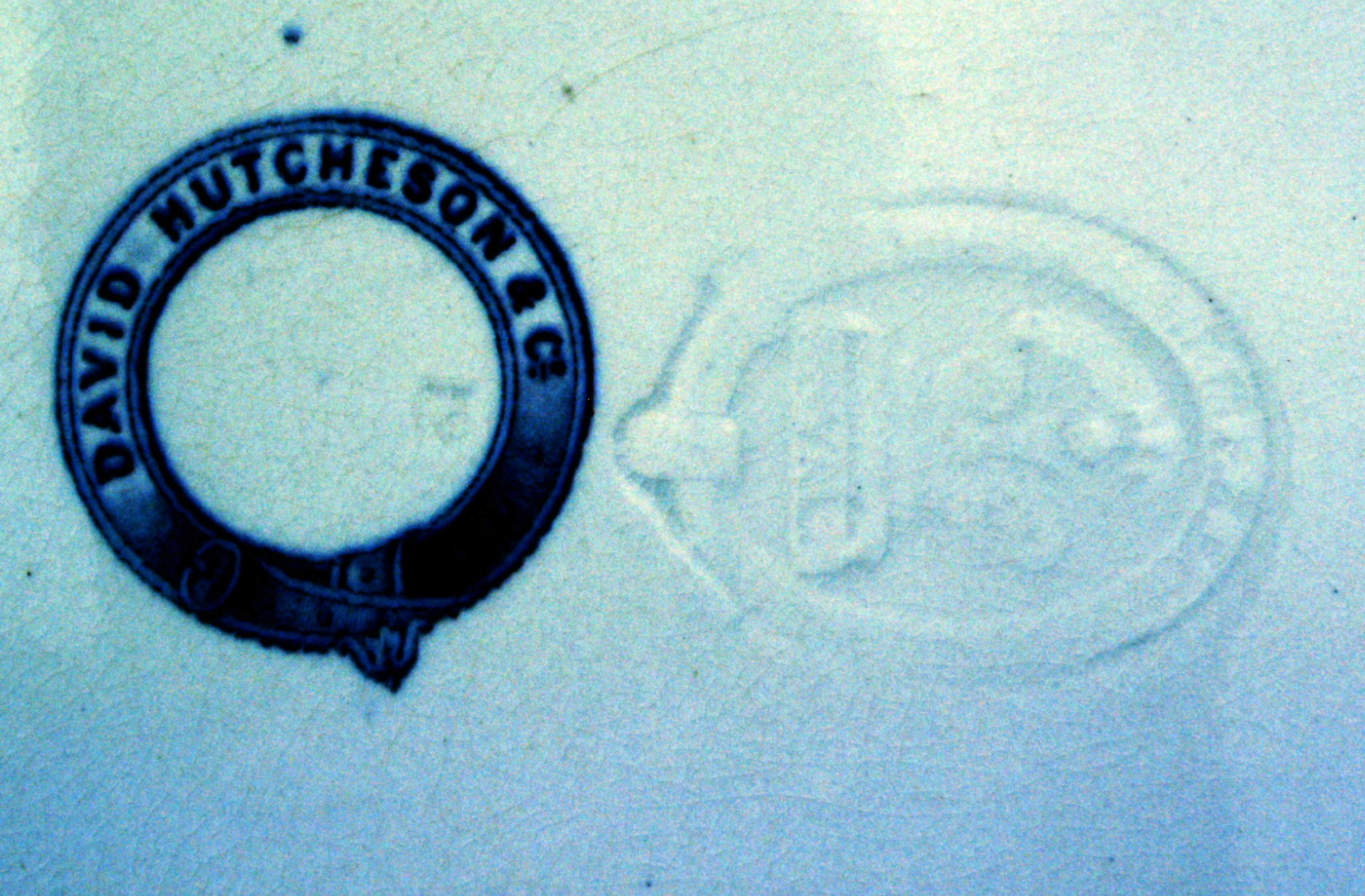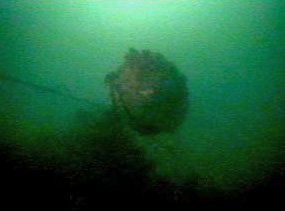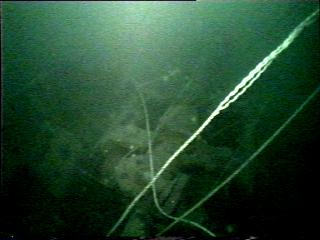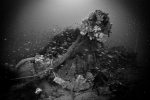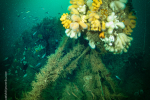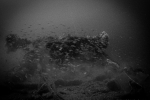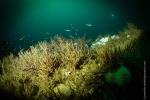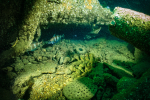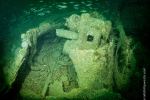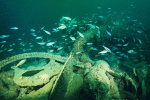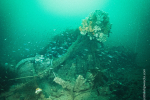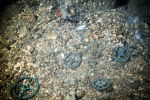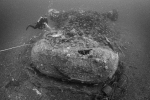The Lapwing was a small cargo passenger paddlesteamer that plied the west coast route between Glasgow, Oban, Fort William and Inverness. Her hull was constructed from iron by her maker John Reid & Co Ltd., Port Glasgow and was launched in August 1848. She measured 77.5′ x 14.5′ x 10.0′ and her tonnage was 101 gross tons, 68 net tons. She was powered by a paddle steam ‘steeple’ engine by Murdoch & Aitken Co, Glasgow delivering 44 nominal horse power.
It was on such a trip north, to Oban via the Mull of Kintyre on 22nd February 1859 that she was lost after coming into collision with the SS Islesman off Glenhervie, north of Sanda Island, Kintyre. Both vessels had departed from Glasgow the preceding afternoon bound for west coast ports and it would appear that when they reached Sanda in poor weather conditions the skipper of the Lapwing decided to turn back only to turn into the path of the Islesman which was following. The Lapwing was holed just forward of her starboard paddlebox and sank within 3 minutes taking with her a woman passenger and the ship’s cabin boy.
Lapwing slideshow
The wreck of the Lapwing lies in position 55°20.067’N, 005°31.116’W, in general seabed depths charted at 42 rising only a few metres above this depth. The wreck, which is oriented NW/SE with stern towards the Kintyre shore line, rises a maximum of 2.5 metres above the seabed at the central section.
The wreck sits within a 2 metre scour, approximately 20 metres in diameter, which is no doubt created by the strong tides running over and around the engine and boiler. The main section of wreck remaining is the central section of machinery and main paddlewheel hub, this area is festooned with whelk creels and associated ropes so be care is required when exploring this area. The remainder of the wreck has fallen away and has been absorbed into the seabed. However, tidal movement constantly changes the shape and depth of the coarse coraline seabed and parts of the wreck continually disappear and reappear on successive visits. The main hazard is tide, this is a slack water dive. The tidal window varies somewhere between 30 to 80 minutes dependant on phase of the tide.
This is a very picturesque wreck site, visibility is generally excellent, and the wreckage is inhabited by a colourful and varied selection of sealife.

